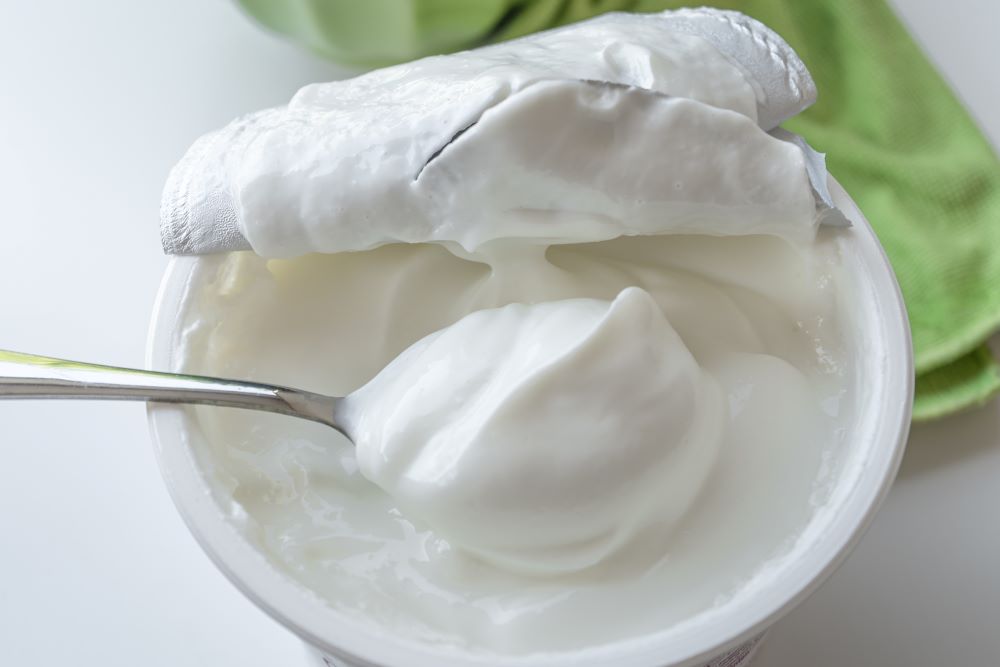Food and beverage production is big business, with big profits at stake. America’s groceries are seemingly bright, happy places. Don’t be fooled, though. Margins are notoriously thin, and competition for shelf space is fierce. Like some Darwinian landscape, survival accrues to the fittest. In the intensely competitive retail market, survival depends on several key factors: products must possess stable shelf life, aesthetic appeal (flavor, colors, texture), uniformity and consistency — and at least a perception of value for the money.
Clearly, a lot of time and energy go into the planning, design, manufacture, packaging, transportation and sale of food and drink items. Long before a product takes precious display space in the local market, it will have undergone processing in some distant factory. Factories typically require sophisticated mixing machinery to achieve the qualities that will earn a given product the advantages it needs to compete successfully.
Consumers have extremely low tolerance for products that show signs of improper mixing. “Fish-eyes,” for instance, which result from poor incorporation of powders into liquids, are a clear turn off. Gritty textures also are unpleasant. Products that exhibit such inconsistencies will not long survive in the brutally competitive arena of the modern supermarket.
Shelf Life
To succeed, a modern food or beverage product must be sufficiently shelf stable. We are obviously not talking freshly shucked corn or crisp radishes recently pulled from the dirt. Produce is ephemeral and must be coddled to retain its fresh appearance for as long as possible — which is not particularly long.
Rather, shelf stability means a given product can occupy space in the store for weeks, months or even years before it is no longer considered viable for sale. Ubiquitous shelf stability is a relatively modern invention — facilitated by advances in packaging, pasteurization and processes such as vacuum packing to reduce the threat of spoilage. Another innovation that has facilitated improved shelf stability is high shear mixing and homogenization.
Whether the product is a food, beverage, pharmaceutical or even a cosmetic, high pressure homogenization — involving a careful reduction in component particle sizes — helps to improve product stability. The pressures involved in achieving more or less uniform, small particle sizes help to stabilize some of the chemicals and compounds in the product, rendering them less likely to spoil. Food and beverage components are often highly sensitive to changes in temperature. The best homogenizing processing equipment is also capable of operating at controlled temperatures, if needed.
Enhancement of Food Quality
Homogenization has the potential to improve the aesthetic qualities of a given food product. By rendering particle sizes smaller, and of more uniform size, it is possible to achieve enhancements in flavor, texture, color, “functionality,” quality and value. Modern mixing technology also facilitates the seamless addition of any additives, emulsifiers, flavor enhancers, preservatives or fortifying nutrients. Again, uniformity is key. If additives are not fully and seamlessly incorporated, aesthetic appeal may suffer.
When it comes to emulsification — meaning the mixing of two or more otherwise immiscible liquids — homogenization is all but essential. Stable emulsions are notoriously difficult to achieve using conventional methods. Salad dressing is a classic example. The home chef makes an emulsion by whisking oil into a water-based component, such as vinegar. An emulsifying agent, such as prepared mustard, helps bind these immiscible liquids, making the emulsion — a smooth dressing of uniform consistency — possible.
Yet even then, the mixture is likely to require occasional re-mixing. This obviously presents a problem for products, such as cream liqueurs, which cannot afford to separate on the shelf, in full view of discerning customers. Stable emulsions are perceived as visually and texturally appealing; creamy and delightful. Separated component layers, on the other hand, are not at all appealing. Such products will be rejected quickly and decisively.
Better Food Preservation
The use of heat to destroy potential pathogens — microbes capable of causing spoilage or disease — is common in food production. However, even mild heat application (as in pasteurization of dairy products) can alter the physical and other properties of the product. Homogenization can achieve some of the effects of heat treatment without sacrificing delicate components such as vitamins or enzymes. In the example of milk production, homogenization reduces the size of fat globules to disperse them uniformly throughout the milk. They otherwise would rise to the top as cream.
To learn even more about how our high-shear mixers can benefit your business, contact Quadro Liquids today.


